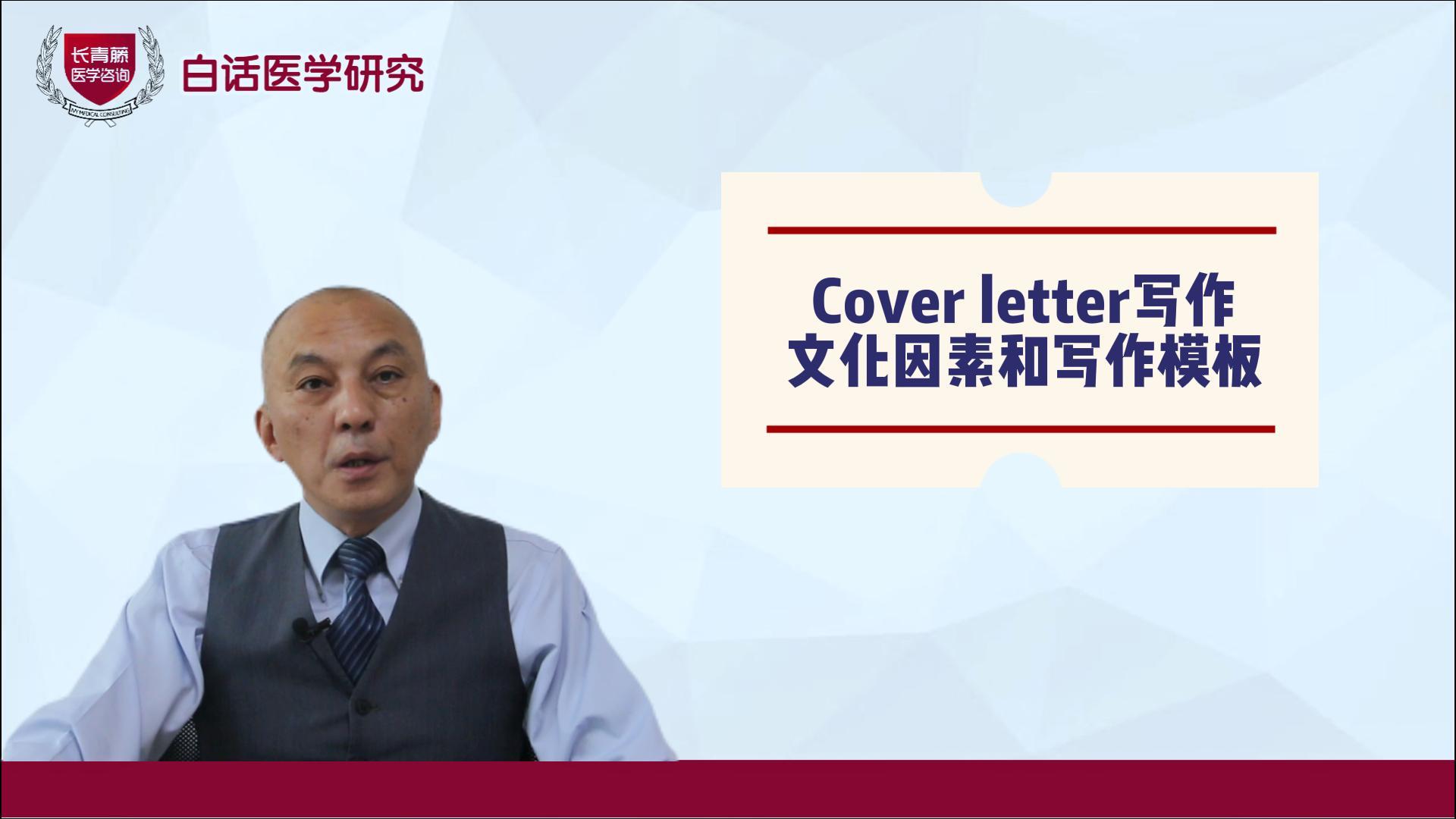2022-11-29


大量试验表明,葡萄糖共转运体-2钠(SGLT2)抑制剂可降低心力衰竭或慢性肾病、2型糖尿病和动脉粥样硬化性心血管疾病高风险患者肾脏和心血管不良结局的风险。没有一项招募糖尿病患者和非糖尿病患者的试验旨在分别评估非糖尿病患者的结果。
我们确定了13项试验,包括90 413例参与者。SGLT2抑制剂使急性肾损伤风险降低了23%(0.77,0.70 ~ 0.84),使心血管死亡或心力衰竭住院风险降低了23%(0.77,0.74 ~ 0.81),在患和未患糖尿病的患者中同样具有相似的效应。SGLT2抑制剂也降低了心血管死亡风险(0.86,0.81 ~ 0.92),但未显著降低非心血管死亡风险(0.94,0.88 ~ 1.02)。对于这些死亡结局,患和未患糖尿病的患者的rr相似。对于所有结局,无论试验平均基线eGFR如何,结果均大致相似。根据绝对效应估计值,抑制SGLT2的绝对获益超过了酮症酸中毒或截肢的严重危害。
除了已有的SGLT2抑制剂在心血管方面的益处外,随机数据还支持使用它们来改善肾脏疾病进展和急性肾损伤的风险,不仅适用于心血管风险高的2型糖尿病患者,而且适用于慢性肾脏疾病或心力衰竭患者,无论其糖尿病状态、原发性肾脏疾病或肾功能如何。
Abstract
Background: Large trials have shown that sodium glucose co-transporter-2 (SGLT2) inhibitors reduce the risk of adverse kidney and cardiovascular outcomes in patients with heart failure or chronic kidney disease, or with type 2 diabetes and high risk of atherosclerotic cardiovascular disease. None of the trials recruiting patients with and without diabetes were designed to assess outcomes separately in patients without diabetes.
Methods: We did a systematic review and meta-analysis of SGLT2 inhibitor trials. We searched the MEDLINE and Embase databases for trials published from database inception to Sept 5, 2022. SGLT2 inhibitor trials that were double-blind, placebo-controlled, performed in adults (age ≥18 years), large (≥500 participants per group), and at least 6 months in duration were included. Summary-level data used for analysis were extracted from published reports or provided by trial investigators, and inverse-variance-weighted meta-analyses were conducted to estimate treatment effects. The main efficacy outcomes were kidney disease progression (standardised to a definition of a sustained ≥50% decrease in estimated glomerular filtration rate [eGFR] from randomisation, a sustained low eGFR, end-stage kidney disease, or death from kidney failure), acute kidney injury, and a composite of cardiovascular death or hospitalisation for heart failure. Other outcomes were death from cardiovascular and non-cardiovascular disease considered separately, and the main safety outcomes were ketoacidosis and lower limb amputation. This study is registered with PROSPERO, CRD42022351618.
Findings: We identified 13 trials involving 90 413 participants. After exclusion of four participants with uncertain diabetes status, we analysed 90 409 participants (74 804 [82·7%] participants with diabetes [>99% with type 2 diabetes] and 15 605 [17·3%] without diabetes; trial-level mean baseline eGFR range 37-85 mL/min per 1·73 m2). Compared with placebo, allocation to an SGLT2 inhibitor reduced the risk of kidney disease progression by 37% (relative risk [RR] 0·63, 95% CI 0·58-0·69) with similar RRs in patients with and without diabetes. In the four chronic kidney disease trials, RRs were similar irrespective of primary kidney diagnosis. SGLT2 inhibitors reduced the risk of acute kidney injury by 23% (0·77, 0·70-0·84) and the risk of cardiovascular death or hospitalisation for heart failure by 23% (0·77, 0·74-0·81), again with similar effects in those with and without diabetes. SGLT2 inhibitors also reduced the risk of cardiovascular death (0·86, 0·81-0·92) but did not significantly reduce the risk of non-cardiovascular death (0·94, 0·88-1·02). For these mortality outcomes, RRs were similar in patients with and without diabetes. For all outcomes, results were broadly similar irrespective of trial mean baseline eGFR. Based on estimates of absolute effects, the absolute benefits of SGLT2 inhibition outweighed any serious hazards of ketoacidosis or amputation.
Interpretation: In addition to the established cardiovascular benefits of SGLT2 inhibitors, the randomised data support their use for modifying risk of kidney disease progression and acute kidney injury, not only in patients with type 2 diabetes at high cardiovascular risk, but also in patients with chronic kidney disease or heart failure irrespective of diabetes status, primary kidney disease, or kidney function.
文章连接:
www.thelancet.com/journals/lancet/article/PIIS0140-6736(22)02074-8/fulltext
百度浏览 来源 : 医微客
版权声明:本网站所有注明来源“医微客”的文字、图片和音视频资料,版权均属于医微客所有,非经授权,任何媒体、网站或个人不得转载,授权转载时须注明来源:”医微客”。本网所有转载文章系出于传递更多信息之目的,且明确注明来源和作者,转载仅作观点分享,版权归原作者所有。不希望被转载的媒体或个人可与我们联系,我们将立即进行删除处理。 本站拥有对此声明的最终解释权。




发表评论
注册或登后即可发表评论
登录注册
全部评论(0)